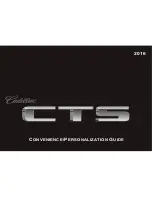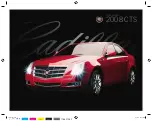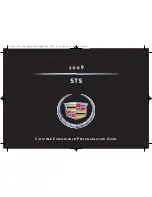
5. Connect the other cable, first to the negative terminal
of the booster battery and then to the engine of the
vehicle with the discharged battery. Make sure you have
a good contact on the engine.
WARNING!
Do not connect the cable to the negative post of the
discharge battery. The resulting electrical spark could
cause the battery to explode.
During cold weather when temperatures are below
freezing point, electrolyte in a discharged battery
may freeze. Do not attempt jump-starting because
the battery could rupture or explode. The battery
temperature must be brought up above freezing
point before attempting a jump-start.
6. Start the engine in the vehicle which has the booster
battery, let the engine idle a few minutes, then start the
engine in the vehicle with the discharged battery.
7. When removing the jumper cables, reverse the above
sequence exactly. Be careful of the moving belts and fan.
WARNING!
Any procedure other than above could result in:
1. Personal injury caused by electrolyte squirting out
the battery vent;
2. Personal injury or property damage due to battery
explosion;
3. Damage to charging system of booster vehicle or
of immobilized vehicle.
76
WHAT TO DO IN EMERGENCIES
Summary of Contents for 2009 Aspen
Page 1: ...Aspen Durango O W N E R S M A N U A L H y b r i d S u p p l e m e n t 2 0 0 9...
Page 4: ......
Page 5: ...INTRODUCTION CONTENTS m Introduction 4 1...
Page 14: ...12 THINGS TO KNOW BEFORE STARTING YOUR VEHICLE...
Page 20: ...HYBRID INSTRUMENT CLUSTER 18 INSTRUMENT PANEL AND CONTROLS...
Page 44: ...Operating Tips Chart 42 INSTRUMENT PANEL AND CONTROLS...
Page 82: ...TIREFIT Kit Components Operation 80 WHAT TO DO IN EMERGENCIES...
Page 90: ......
Page 125: ...INDEX 9...
















































